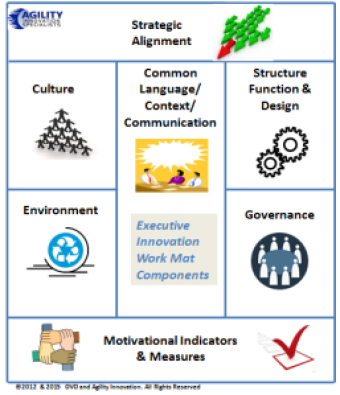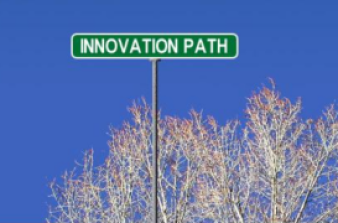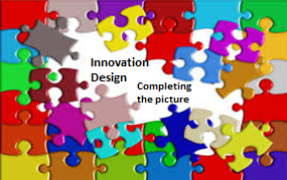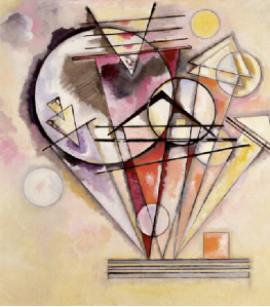 Achieving innovation alignment always needs clear framing.
Achieving innovation alignment always needs clear framing.
I would argue most problems or disappointment with our innovation efforts can be attributed to a lack of alignment to the organizations strategy and/or its poor governance with our end results.
Here I am suggesting a way to overcome this constant frustration.
Poor strategic alignment can be overcome by working through a comprehensive approach to addressing all areas that impact innovation. One such framework I believe can help, as explained here, through the work mat approach.
I believe this work mat approach does moderate and organize innovation for greater alignment. It allows for the senior management to become engaged and shape the direction as it takes a more holistic approach. The work mat contains governance as a specific part of its framing as this can do far more in driving the conditions to innovate.
The intent with developing this work mat approach has been to clearly set out that much-needed ‘greater’ strategic connection through engagement at a senior level, they drive the outcomes, they provide understanding beyond the vision to make the necessary connections, they fuel the engine and ignite the energy that innovation needs.
Continue reading “One really big issue is aligning strategy and innovation, right?”







